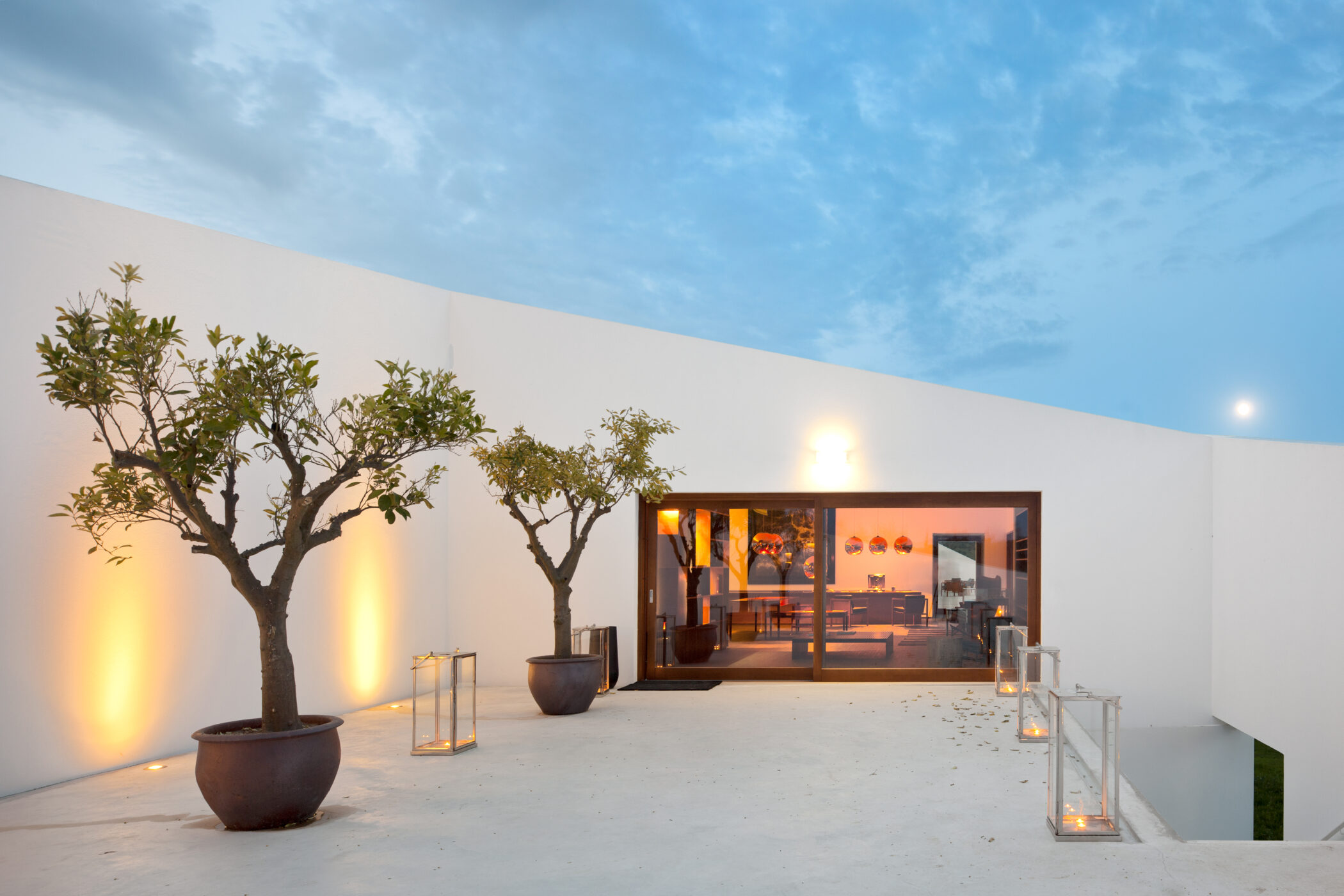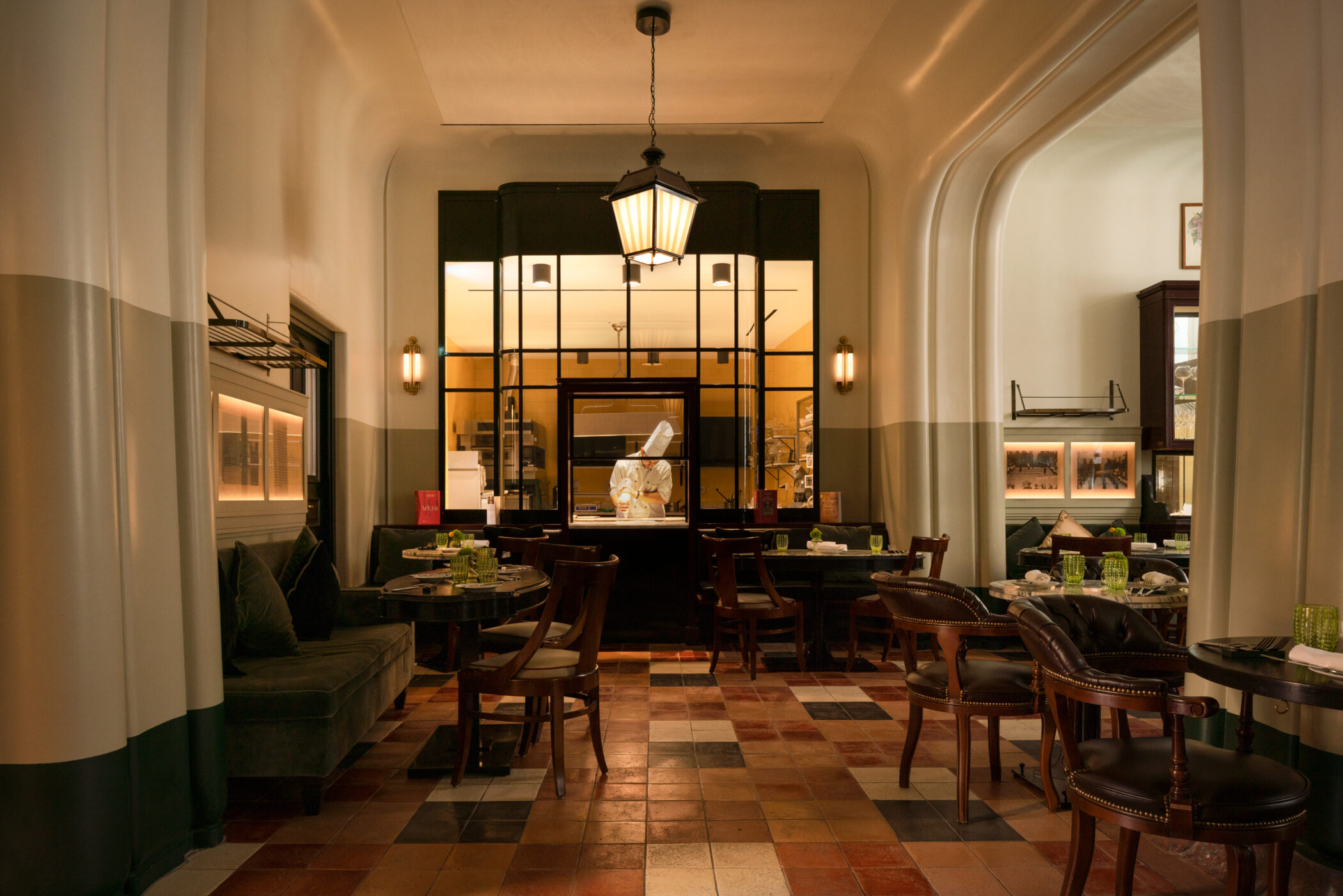Relais and Châteaux president Laurent Gardinier speaks to Globetrender about the meaning of luxury, and the importance of both locality and legacy. By Jenny Southan
This interview took place at Chewton Glen, which was the first UK property to join Relais and Châteaux back in 1971. Today, three of its Iconic Luxury Hotel sister properties are part of the association too – Cliveden House, 11 Cadogan Gardens and the Chelsea Townhouse.
After 70 years in operation, how is Relais and Châteaux evolving as a luxury hotel collection?
“Each of our 580 member hotels and standalone restaurants never stop evolving, meeting the new expectations of customers and reacting to new trends.
“The way we evolve is in the way we accept properties, and ask properties to leave. We have about 500 applications to join Relais and Châteaux per year. And we accept about 15 or 20. So it’s very, very selective. We have a quality control department with a lot of anonymous inspectors.
“If everything is perfect, this is quite easy to check and to monitor but what is very difficult is to find the spirit, the mindset of the property and to assess that you need to have inspectors who are fully aligned with what it is.”
What are you looking for in a member hotel?
“I would say the DNA of Relais and Châteaux is found in properties that are connected with their community, culture, local gastronomy and history. Everything has to be aligned with where it is located. It’s also about the art of welcoming, which is totally different in a Japanese ryokan or a country house hotel in France.”
What does luxury mean to Relais and Châteaux?
“Luxury means doesn’t mean gold and marble – no, luxury means space. Luxury means connection at the highest level. Luxury can mean being a beautiful.

“Of course we are expensive. Of course we are a premium brand, but where luxury is is in the level of service and the level of the experience.
“If you stay in an international high-end hotel chain, as a guest, what you’re going to expect is to have is the same standard of service wherever you are in the world because you are just relying on one brand.
“With Relais and Châteaux it is absolutely the contrary. Each of our properties is different. So the level of service, the way it’s decorated, you don’t have a single rule. It’s a different way of considering luxury.
“I feel that luxury service has, in many destinations, become less formal and a bit more personal. For me, this is the experience of what is luxury. If have a very formal service it means that you have people that are really well trained but have maybe a little difficulty to adapt.”
Who is a typical guest?
“We have about 1.5 million customers yearly and among them 50 per cent are American. France, the UK and Ireland are our other key source markets. Our top destination markets are the US and Canada, France and Italy but we have properties in 65 countries.
“Our guests often want a connection with smaller property, to be close to nature, to be travelling with friends, families, or couples. They want to discover nicely and peacefully, the local culture of the country that they are visiting.”
New Relais and Châteaux member properties

How is Relais and Châteaux “creating a better world through cuisine and hospitality”?
“We tell our inspectors: ‘Let’s try to find the best of the local and to have our guests discover what is the reality of the world through what we are doing.’
“We are not telling them that we are healing all the problems of the world. But with Relais and Châteaux, our job is to promote properties that support local networks of suppliers and craftspeople, to create a source of revenue for the economy.
“We also encourage our members to be more sustainable and conduct a report every two years asking about their sourcing, energy consumption, cuisine, philanthropic alliances, gender pay gap and so on.”
What will the next 70 years of luxury hospitality look like for Relais and Châteaux?
“What I see is that in our network, we have just one property left that was there 70 years ago. Just one – Auberge des Templiers in France. But when I see why this property still there, it’s because it’s family owned. It’s third-generation. The cuisine, the maintenance, and of course the property has evolved. But it still has good quality service and is family owned.
“If you project over the next 70 years, I think that the property that would have longevity would be one that is not too big, and has been handed down to the next generation and the next generation.
“As I told you, we are not a group. It means that each of our hotels represents the wish or the will of individuals. It means that when you create a hotel, when you create a room, you put something of your soul or your personal biography in it.
“The way you’re going to choose the chair, the way you’re going to choose the colour, maybe it will remind you of something from your childhood that you love so much. So there is something that is coming from the heart.
“Otherwise, it’s just a product.”
